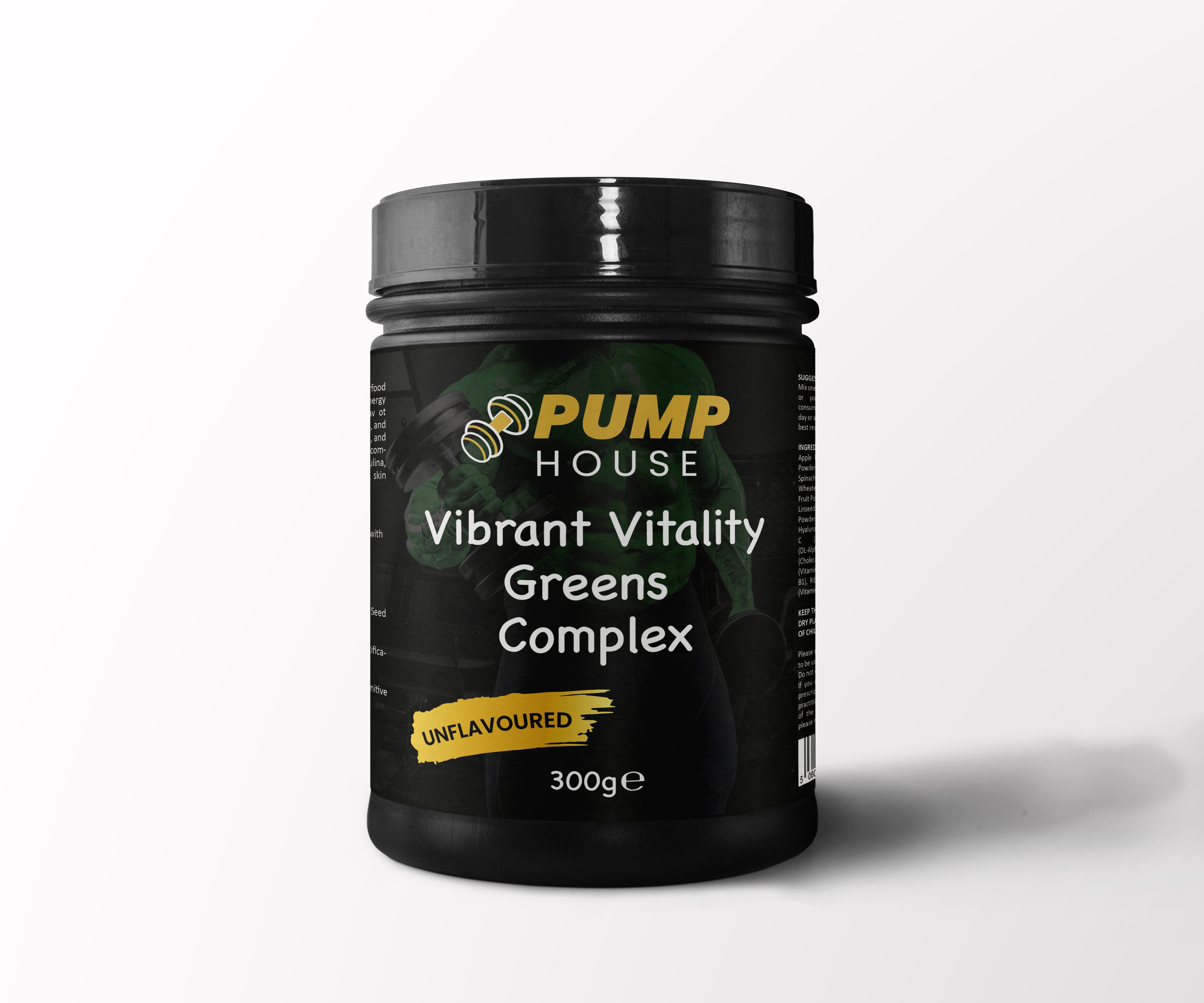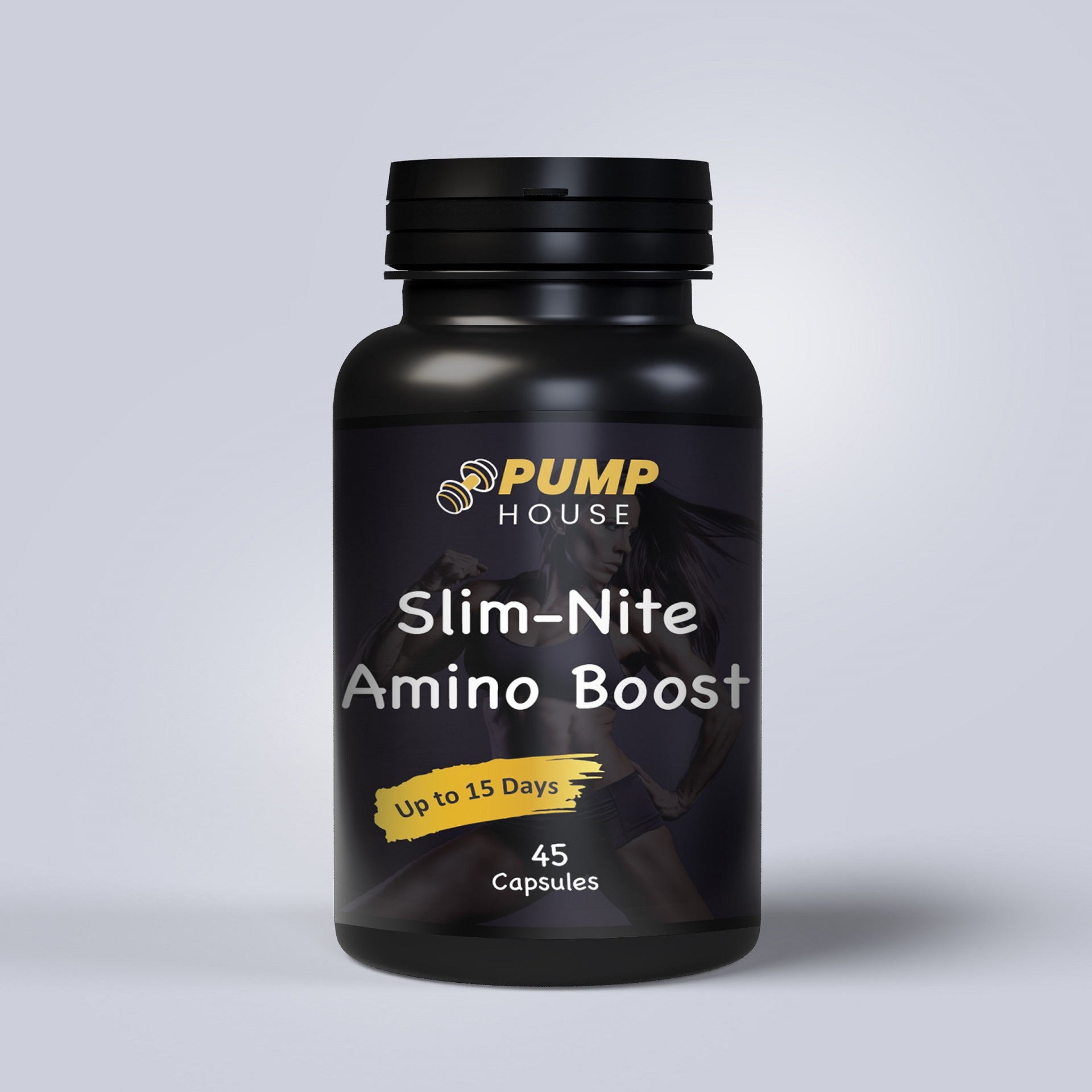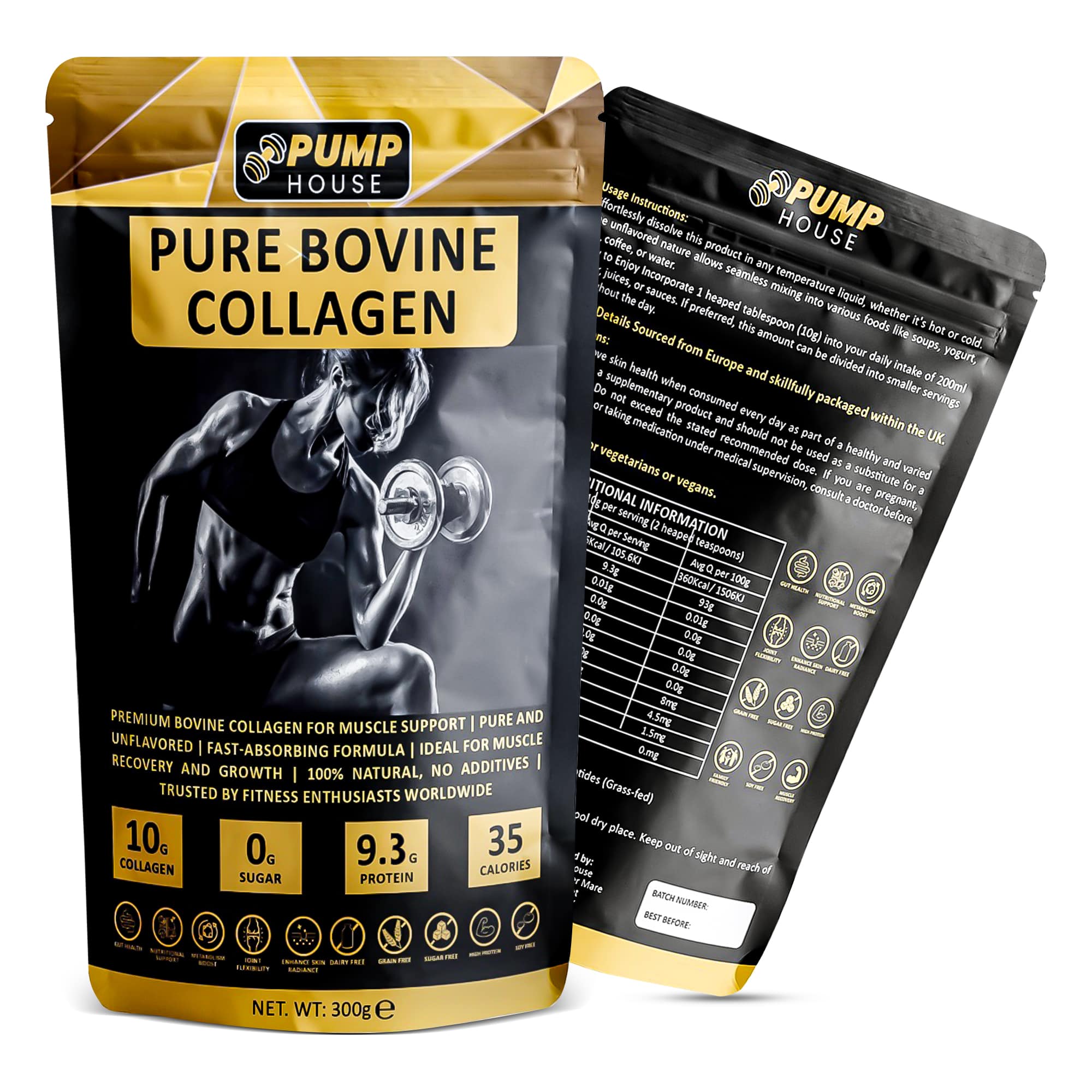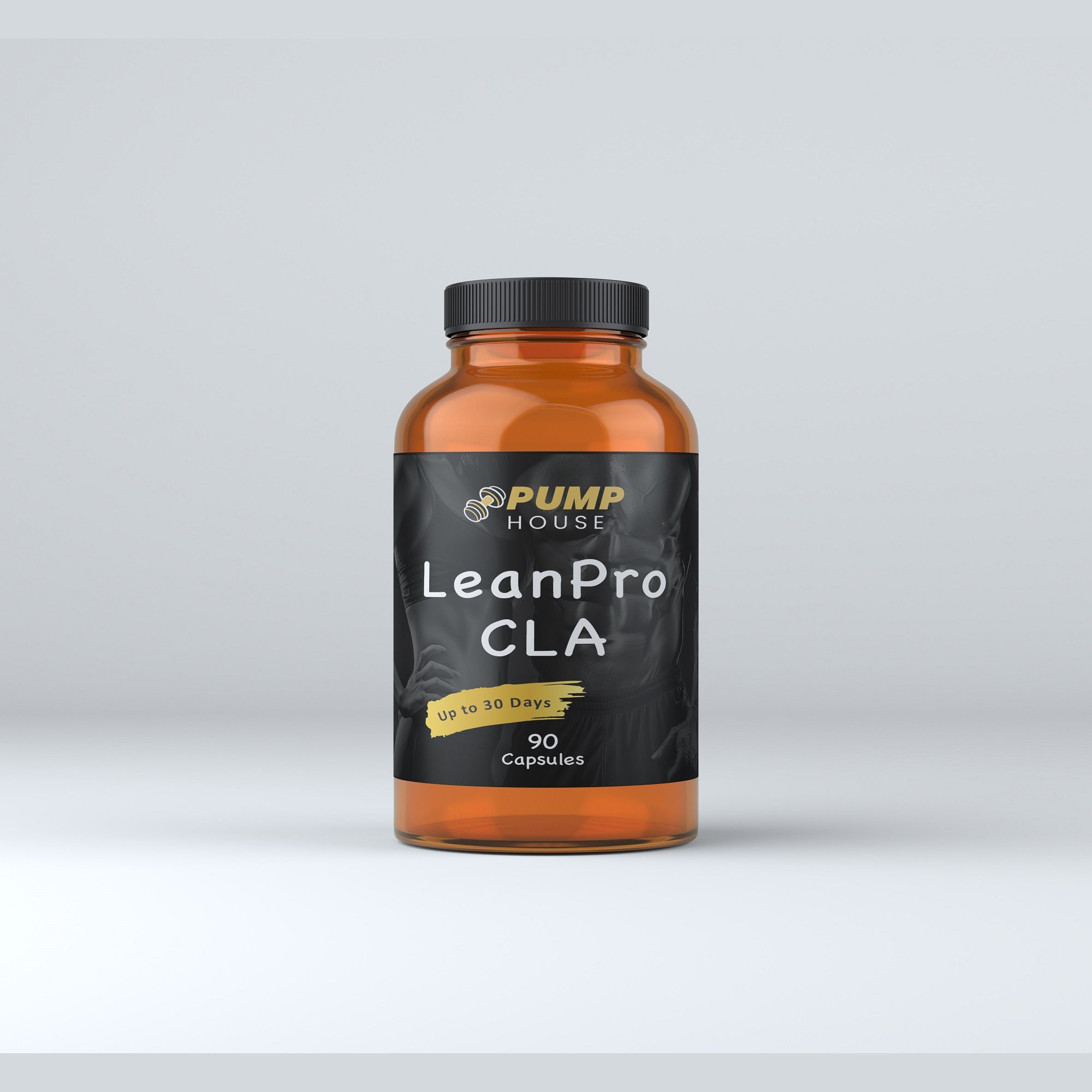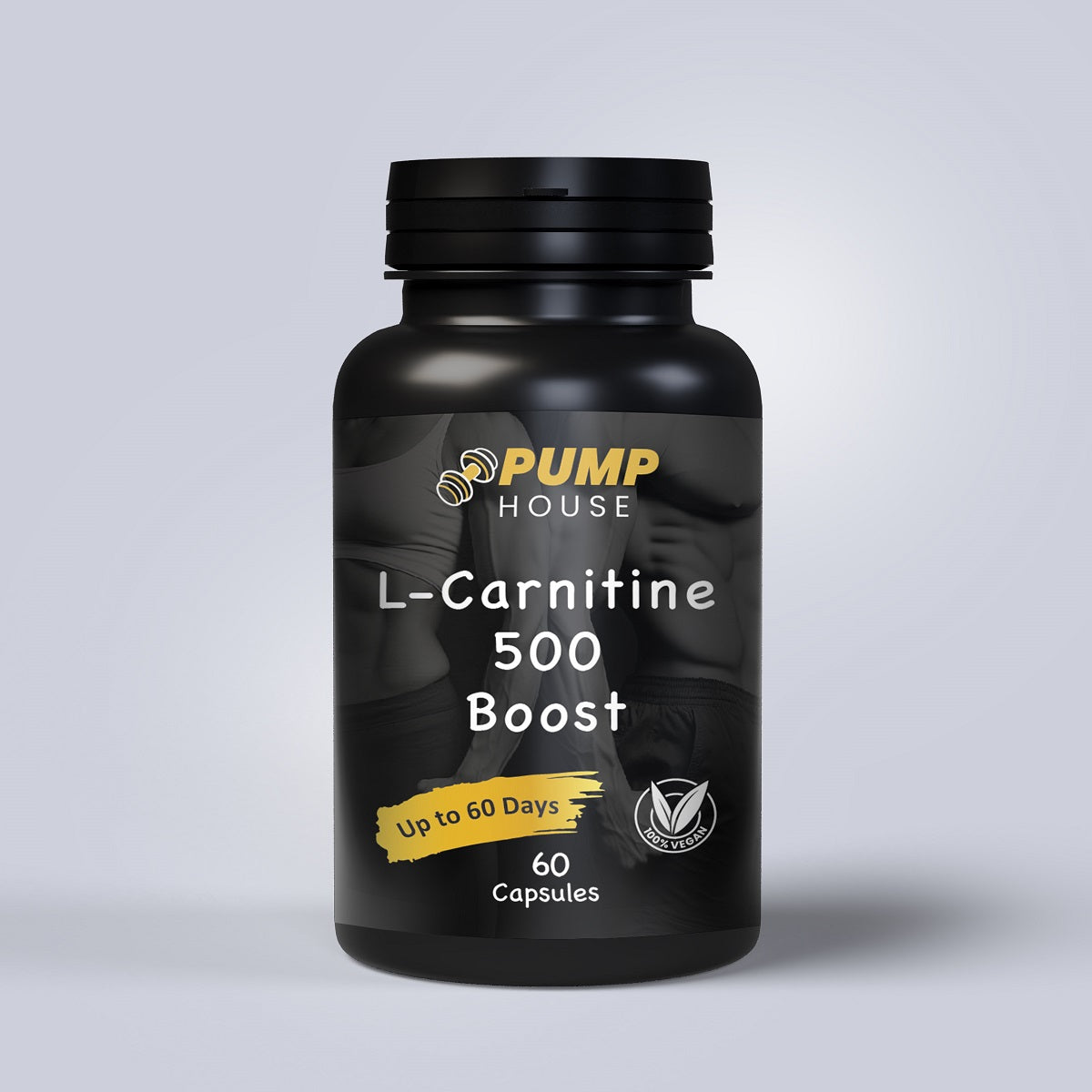
The Dancer's Nutritional Blueprint: Fueling Strength and Grace on Stage
The Dancer's Nutritional Blueprint: Fueling Strength and Grace on Stage
Introduction
Nutrition plays a crucial role in the life of a dancer. It not only fuels their performances but also supports their overall health and well-being. Dancers require a balanced diet that provides them with the necessary nutrients to perform at their best and recover from intense physical activity. In this article, we will explore the importance of nutrition for dancers, including its impact on performance, injury prevention, and recovery.
Understanding the Importance of Nutrition for Dancers
Proper nutrition is essential for dancers as it directly affects their performance on stage. Dancers need to have enough energy to execute complex movements and maintain stamina throughout a performance. A well-balanced diet provides the necessary fuel for their bodies, ensuring they have the energy they need to give their best on stage.
In addition to performance, nutrition also plays a vital role in injury prevention and recovery for dancers. Dancers are prone to injuries due to the physical demands placed on their bodies. Proper nutrition can help strengthen muscles and bones, reducing the risk of injuries. It also aids in the recovery process by providing the necessary nutrients for muscle repair and tissue regeneration.
Building a Balanced Meal Plan for Optimal Performance
A balanced meal plan is crucial for dancers to ensure they are getting all the necessary nutrients for optimal performance. A balanced meal plan should include a combination of carbohydrates, proteins, healthy fats, vitamins, and minerals.
Carbohydrates are an essential source of energy for dancers. They provide the fuel needed for intense physical activity. Whole grains, fruits, and vegetables are excellent sources of carbohydrates that should be included in a dancer's meal plan.
Protein is another crucial component of a dancer's diet as it helps with muscle repair and growth. Lean meats, fish, eggs, dairy products, and plant-based protein sources such as beans and legumes are excellent choices for dancers.
Healthy fats are important for energy and endurance. They provide a concentrated source of energy and help with the absorption of fat-soluble vitamins. Avocados, nuts, seeds, and olive oil are examples of healthy fat sources that dancers should incorporate into their diet.
Vitamins and minerals are essential for overall health and well-being. Dancers should aim to consume a variety of fruits, vegetables, whole grains, and lean proteins to ensure they are getting a wide range of vitamins and minerals.
The Role of Carbohydrates in a Dancer's Diet
Carbohydrates are a dancer's primary source of energy. They provide the fuel needed for intense physical activity and help maintain stamina throughout a performance. Dancers should include carbohydrates in their diet to ensure they have enough energy to perform at their best.
Healthy carbohydrate sources for dancers include whole grains such as brown rice, quinoa, and whole wheat bread. Fruits and vegetables also provide carbohydrates along with essential vitamins and minerals. It is important for dancers to choose complex carbohydrates that are high in fiber and provide sustained energy.
Protein: The Building Block of Muscle for Dancers
Protein is essential for dancers as it helps with muscle repair and growth. Dancers put a lot of strain on their muscles during performances, rehearsals, and training sessions. Consuming enough protein is crucial for the recovery and repair of these muscles.
Dancers should include lean meats such as chicken, turkey, and fish in their diet as they are excellent sources of protein. Plant-based protein sources such as beans, lentils, tofu, and tempeh are also great options for dancers who follow a vegetarian or vegan diet.
The Importance of Healthy Fats for Energy and Endurance
Healthy fats play an important role in providing energy and endurance for dancers. They provide a concentrated source of energy and help with the absorption of fat-soluble vitamins. Including healthy fats in a dancer's diet can help improve performance and overall health.
Avocados are an excellent source of healthy fats and can be added to salads or used as a spread on whole grain bread. Nuts and seeds such as almonds, walnuts, chia seeds, and flaxseeds are also rich in healthy fats and can be incorporated into meals or consumed as snacks. Olive oil is another healthy fat source that can be used for cooking or as a dressing for salads.
Hydration: Staying Fluid for Peak Performance on Stage
Hydration is crucial for dancers to maintain peak performance on stage. Dehydration can lead to fatigue, muscle cramps, and decreased cognitive function. Dancers should make sure they are adequately hydrated before, during, and after performances.
It is recommended for dancers to drink water throughout the day to stay hydrated. They should also drink water before, during, and after rehearsals and performances to replenish fluids lost through sweat. It is important to note that dancers should avoid sugary drinks and opt for water or electrolyte-rich beverages instead.
Vitamins and Minerals: Essential Nutrients for Dancers
Vitamins and minerals are essential for a dancer's overall health and well-being. They play a crucial role in various bodily functions and help support the immune system, bone health, and muscle function.
Dancers should aim to consume a variety of fruits and vegetables to ensure they are getting a wide range of vitamins and minerals. Leafy greens such as spinach and kale are excellent sources of vitamins A, C, and K, as well as minerals like calcium and magnesium. Citrus fruits such as oranges and grapefruits are rich in vitamin C, which helps support the immune system.
Fueling Pre-Performance: What to Eat Before Taking the Stage
Fueling up before a performance is crucial for dancers to have enough energy to give their best on stage. Dancers should aim to eat a balanced meal or snack that includes carbohydrates, protein, and healthy fats a few hours before a performance.
Examples of pre-performance meals and snacks for dancers include a whole grain sandwich with lean protein and vegetables, a bowl of oatmeal topped with fruits and nuts, or a smoothie made with fruits, vegetables, and protein powder. It is important to choose foods that are easily digestible and provide sustained energy.
Recovering Post-Performance: Nutrition for Muscle Repair and Replenishment
Post-performance nutrition is essential for dancers to aid in muscle repair and replenishment. After an intense performance, dancers should consume a meal or snack that includes carbohydrates and protein to help with muscle recovery.
Examples of post-performance meals and snacks for dancers include a chicken or tofu stir-fry with brown rice and vegetables, Greek yogurt with fruits and nuts, or a protein shake made with milk or a plant-based milk alternative. It is important to consume these foods within the first hour after a performance to maximize the benefits of muscle repair and replenishment.
Eating for Long-Term Health: Maintaining a Nutritious Diet for a Dancer's Career
Maintaining a nutritious diet is crucial for a dancer's long-term health and career. Proper nutrition not only supports performance but also helps prevent injuries and supports overall well-being.
Dancers should aim to incorporate healthy eating habits into their lifestyle by making conscious food choices. This includes choosing whole foods over processed foods, cooking meals at home using fresh ingredients, and avoiding excessive consumption of sugary drinks and snacks. It is also important for dancers to listen to their bodies and eat when they are hungry, ensuring they are fueling themselves adequately.
Conclusion
In conclusion, nutrition plays a vital role in the life of a dancer. It directly impacts their performance on stage, helps prevent injuries, and supports overall health and well-being. Dancers should aim to maintain a balanced meal plan that includes carbohydrates, proteins, healthy fats, vitamins, and minerals. They should also prioritize hydration and consume adequate fluids before, during, and after performances. By incorporating these nutrition principles into their lifestyle, dancers can optimize their performance and maintain a healthy diet throughout their career.
If you're a dancer looking to enhance your strength and grace, you may be interested in exploring the benefits of collagen supplementation. Collagen is a key ingredient for glowing skin, joint health, and gut healing. In fact, studies have shown that bovine collagen peptides can help regulate blood sugar levels and promote a healthy gut. To learn more about the power of bovine collagen and how it can elevate your health and wellness, check out this informative article from Pump House UK: The Secret Weapon for a Healthy Gut and Happy Life.


